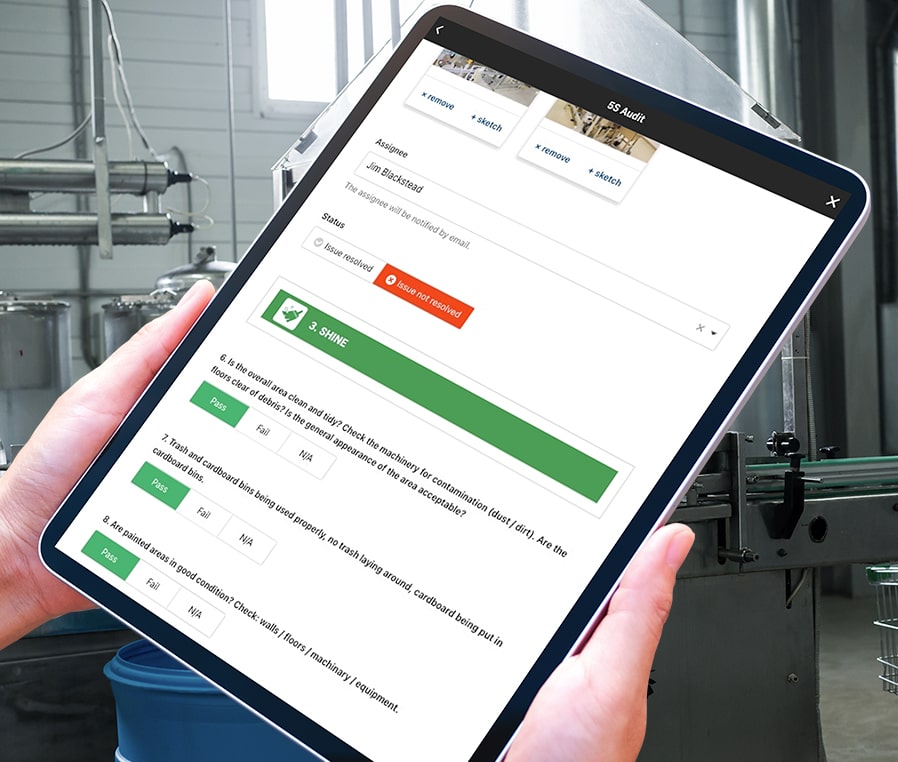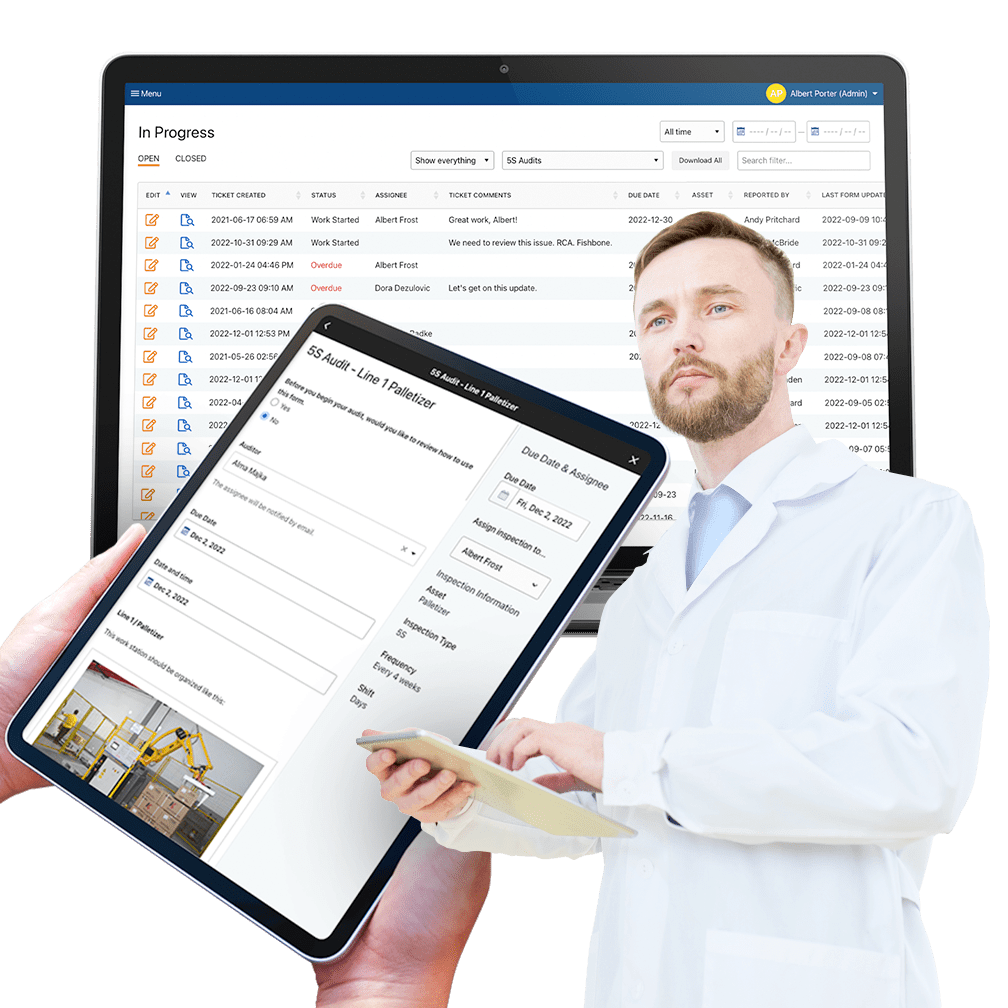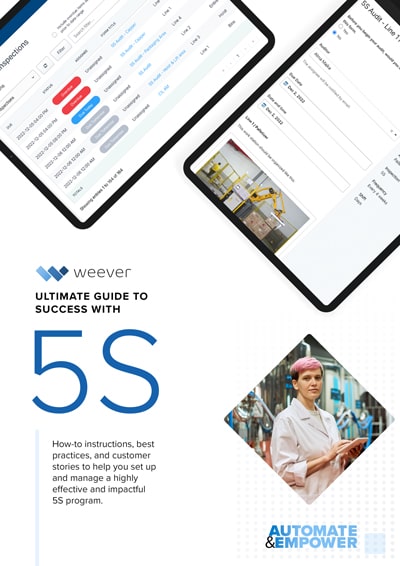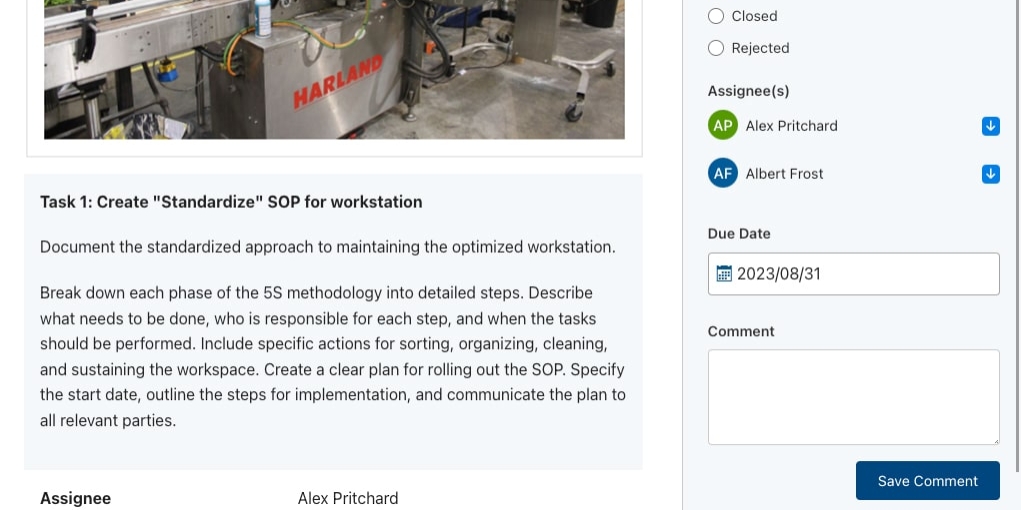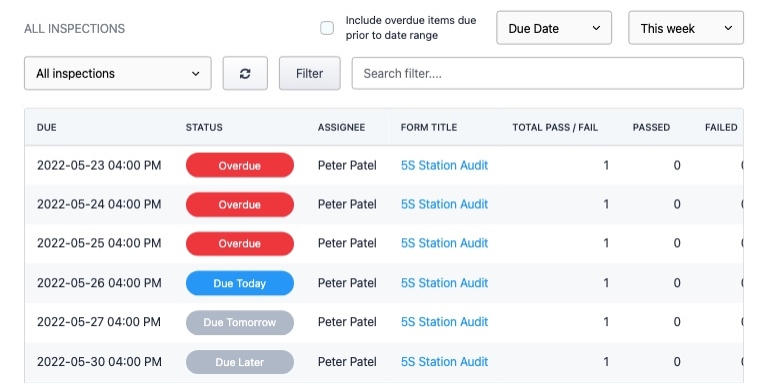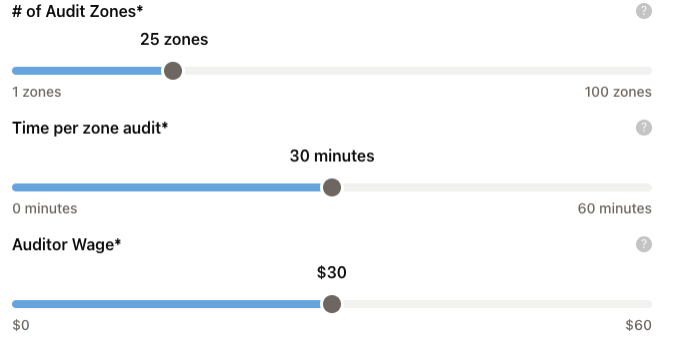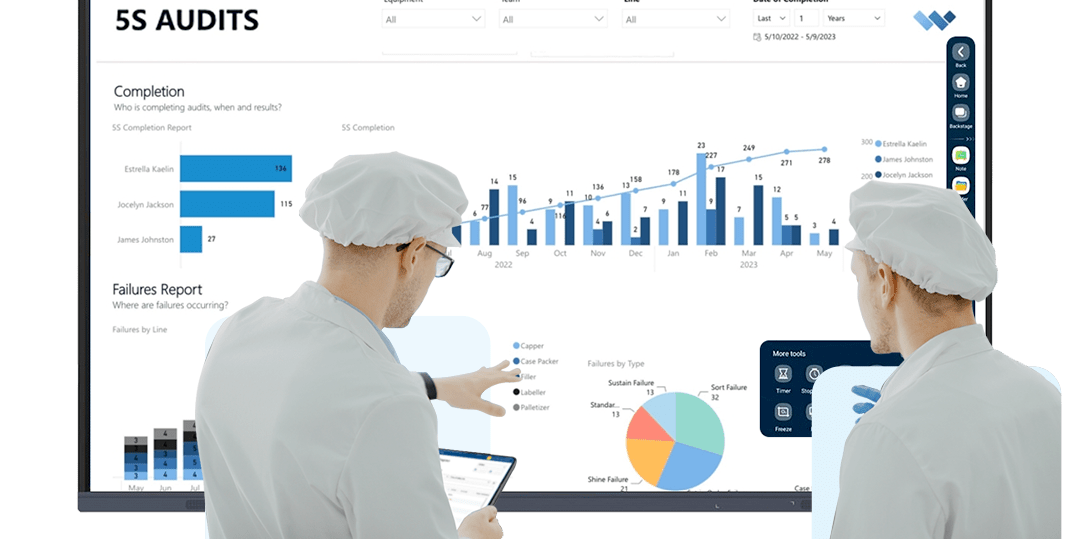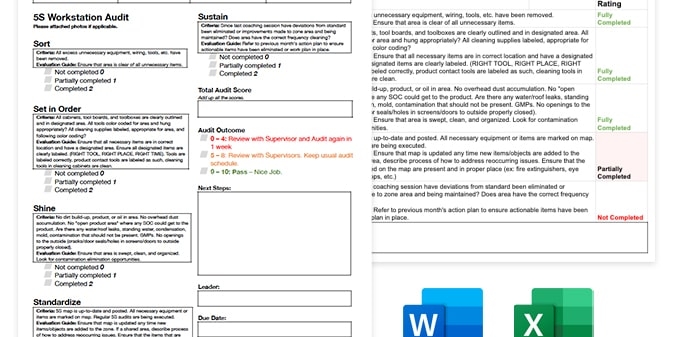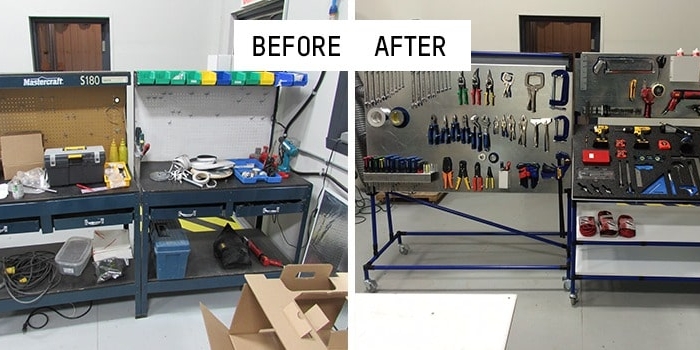How to establish 5S Audit Criteria
Practical guide to understanding each workstation's audit criteria before creating your audit schedule.
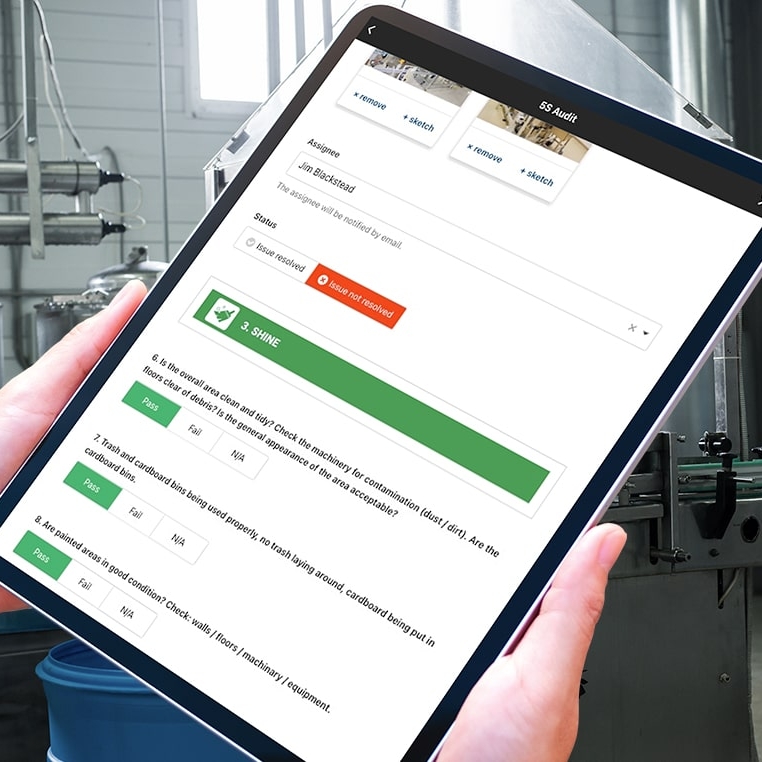
5S Overview
5S Planning
5S Implementation
5S Auditing
5S Audit Digitization
FREE RESOURCEs
Before creating audit checklists for each of your workstations, it is important to understand your audit criteria, which serves as the guidelines or standards against which each workspace will be evaluated.
The audit criteria defines standards for each 5S principle. For instance, under "Sort," define what constitutes necessary versus unnecessary items.
The criteria should be tailored to fit the unique needs and functions of different work areas or departments. What may be essential in one area might differ in another based on the nature of the work conducted.
What is a 5S Audit?
A 5S audit is a structured evaluation process conducted within a workspace or organization to assess the implementation and adherence to the principles of 5S methodology. Rooted in the concepts of Sort, Set in Order, Shine, Standardize, and Sustain, 5S aims to optimize workplace organization, cleanliness, and efficiency. The audit involves a systematic examination of various areas, processes, or departments to gauge their alignment with 5S standards and practices, seeking to identify strengths, weaknesses, and opportunities for improvement.
During a 5S audit, auditors utilize predefined checklists or criteria tailored to each aspect of the 5S methodology. These checklists outline specific criteria under each principle, guiding auditors through the assessment process.
Audits typically involve detailed documentation of observations, findings, and areas requiring corrective actions or enhancements. The 5S audit serves as a diagnostic tool, driving continuous improvement by highlighting areas where 5S principles are effectively applied and areas that require attention for better organization, cleanliness, and workflow efficiency within the workspace.
Interested in learning more about Weever?
How to create your 5S Audit Criteria for Each Workstation
5S audit criteria form the foundation of a systematic evaluation process aimed at assessing the adherence to 5S principles within a workspace or organization. These criteria consist of specific guidelines, standards, or measurable attributes used to evaluate and measure the effectiveness of 5S implementation. To create effective 5S audit criteria, start by thoroughly understanding the fundamental principles of Sort, Set in Order, Shine, Standardize, and Sustain. This understanding serves as the basis for defining detailed and relevant criteria for each principle that aligns with the organization's goals and the specific requirements of the workspace.
Creating robust 5S audit criteria involves a structured approach. Begin by categorizing criteria under each principle, ensuring clarity, objectivity, and measurability. For instance, under "Sort," criteria might involve evaluating the presence of unnecessary items and the efficiency of item identification methods. Similarly, under "Shine," criteria could encompass the regularity of cleaning schedules and the cleanliness of workspaces. These criteria need to be clear, specific, and actionable, enabling auditors to conduct thorough assessments.
A collaborative approach involving stakeholders, department heads, and employees familiar with the workspace is vital. Gather input and insights from those directly involved in the daily operations to ensure that the audit criteria capture the nuances and practical requirements of the workspace. Regular reviews and refinements of the audit criteria based on feedback, evolving needs, or identified improvements ensure the checklist remains relevant, adaptable, and effective in driving continuous improvement aligned with 5S principles within the workspace.
Define Specific Standards
Determine the specific standards or expectations for each of the 5S principles (Sort, Set in Order, Shine, Standardize, Sustain) within your organization or workspace. For instance, under "Sort," define what constitutes necessary versus unnecessary items.
Clarity and Objectivity
Ensure that the criteria are clear, objective, and easily understood by auditors. Avoid ambiguity to prevent differing interpretations during audits.
Quantitative and Qualitative Measures
Incorporate both quantitative and qualitative measures into the criteria. Quantitative measures might include specific counts (e.g., number of items in a workspace), while qualitative measures could involve visual inspections for cleanliness or organization.
Documentation Standards
If applicable, establish documentation standards. For instance, set expectations for how items should be labeled, how workstations should be arranged, or how cleaning schedules should be documented.
Alignment with Goals
Ensure that the audit criteria align with the overall goals and objectives of implementing 5S in your organization. The criteria should reflect the desired outcomes of increased efficiency, safety, and workplace organization.
Flexibility and Adaptability
Allow for flexibility in the criteria to accommodate changes or improvements over time. Auditing criteria should evolve with the organization's needs and continuously align with best practices.
Training and Communication
Communicate the established audit criteria clearly to auditors through training and documentation. Ensure they understand how to apply the criteria consistently during audits.
Read our Ultimate Guide for 5S Auditing
Continue Learning about 5S
5S Overview
5S Planning
5S Implementation
5S Auditing
5S Audit Digitization
FREE RESOURCEs
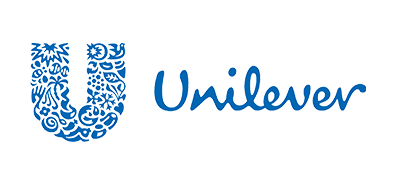
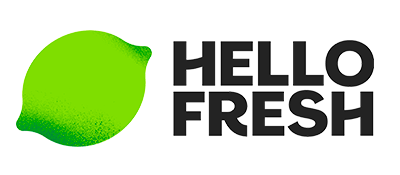
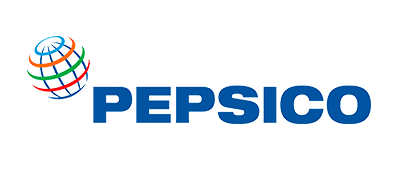

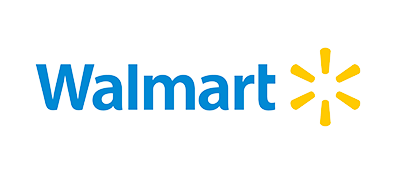
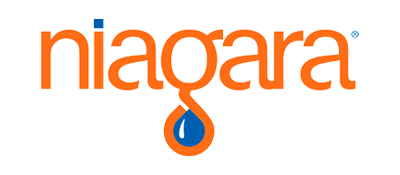
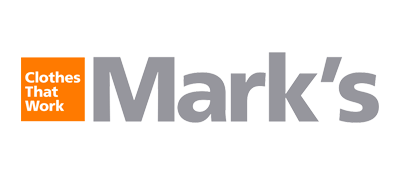
Marks

Diageo

Niagara Bottling

Walmart

PepsiCo logo

McDonald's

Unilever
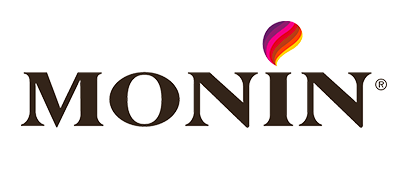
Monin

Hello Fresh
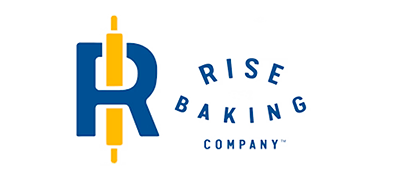
Rise Baking
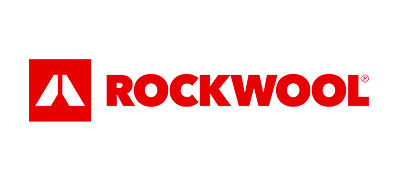
Rockwool
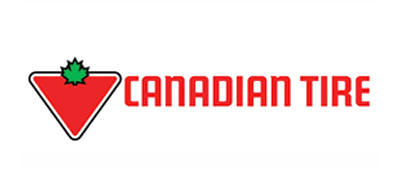
Canadian Tire
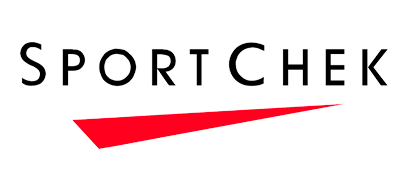
SportChek
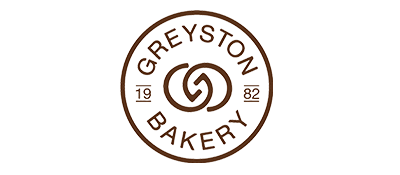
Greyston Bakery
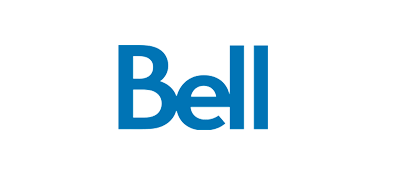
Bell
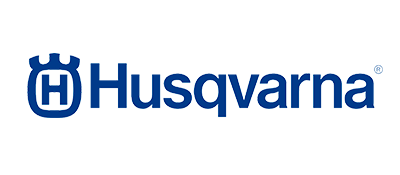
Husqvarna
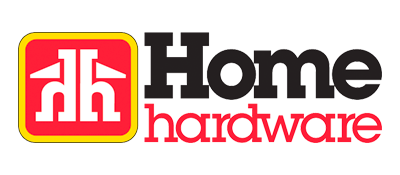
Home Hardware
